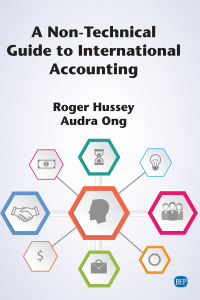Answered step by step
Verified Expert Solution
Question
1 Approved Answer
For this question you must use the excerpts from the financial Statements of Campbell Soup Company, found in Appendix 2. Look at Campbells Balance Sheet.




For this question you must use the excerpts from the financial Statements of Campbell Soup Company, found in Appendix 2.
- Look at Campbells Balance Sheet. Are you able to determine the specific kinds of depreciable assets Campbells owns? Why or why not?
- Does Campbells have any intangible assets? If so, how are these assets listed?
- What is goodwill? Behind Campbells financial statements you will see a few pages of information. This information is known as the notes to the financial statements. The pages in your file only represent a small portion of the total notes to Campbells statements. The notes to these financial statements contain important information that is not, or cannot, be disclosed on the financial statements themselves.
- Look on the first page of Campbells notes, in the property, plant and equipment section. Now are you able to determine the specific kinds of depreciable assets Campbells owns? What are these assets?
- What depreciation method does Campbells use? How long do Campbells depreciable assets last?
- Look on the second page of Campbells notes. How does Campbells treat advertising and research and development costs? Is this an appropriate treatment under GAAP?
Step by Step Solution
There are 3 Steps involved in it
Step: 1

Get Instant Access to Expert-Tailored Solutions
See step-by-step solutions with expert insights and AI powered tools for academic success
Step: 2

Step: 3

Ace Your Homework with AI
Get the answers you need in no time with our AI-driven, step-by-step assistance
Get Started


